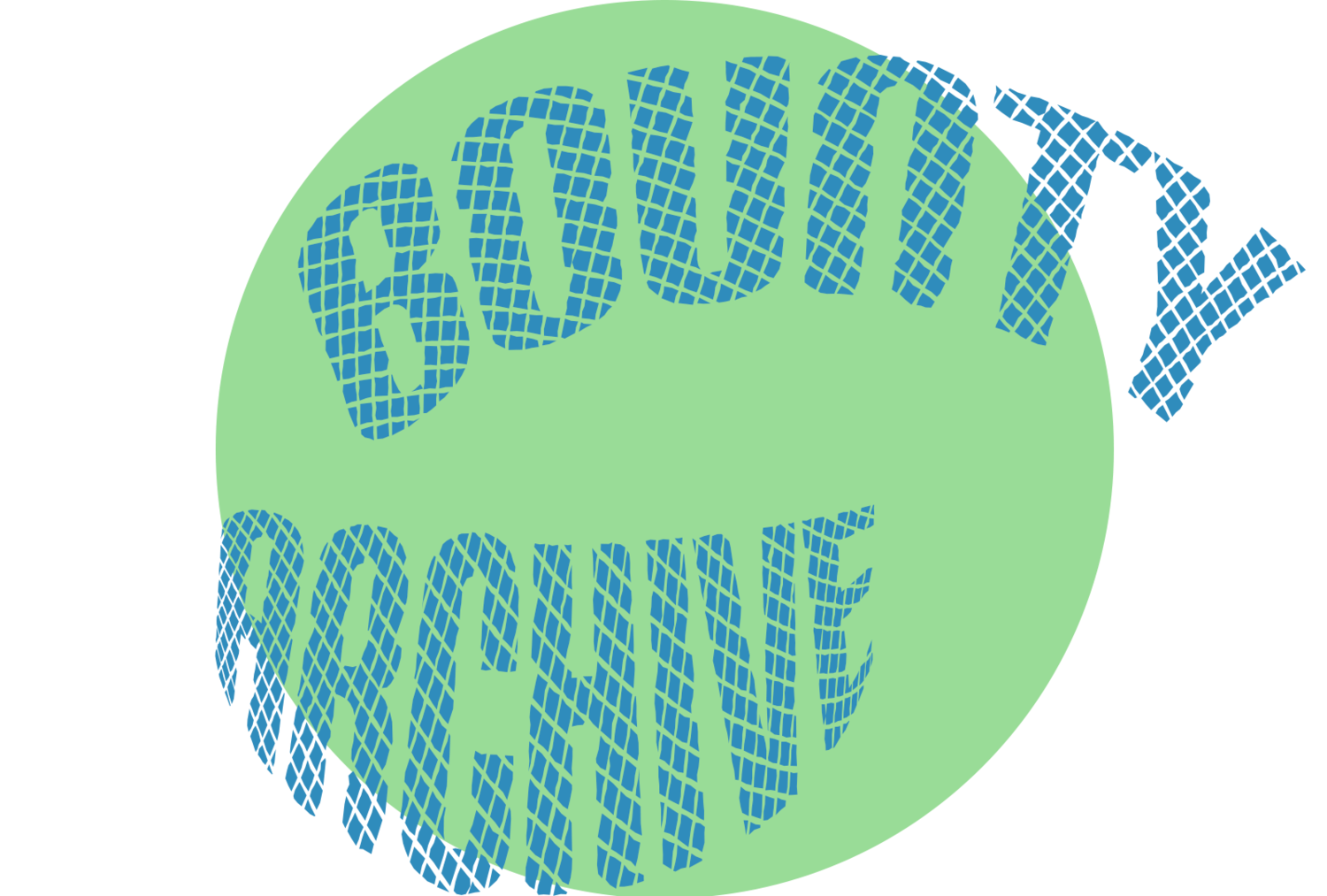Pretty Tools
Sebastain Barnack describes the taste of a Roederer champagne in Aldous Huxley’s 1916 novel Time Must Have a Stop:
"Champagne has the taste of an apple peeled with a steel knife."
This sentence is memorable not for its flowery language. Rather, the mental exercise that it evokes. The reader is moved to reach deep into their sensory memory connections to recall the sensation of plunging through fruit with a sharp blade.
After we’ve recalled the cold, crisp taste of champagne, we link it to the cold, crisp slice of apple. As our neurons erupt in a firework-display, it is remarkably not so bizarre that the sharpness of the blade was important to the flavor of the champagne.
Huxley exemplifies how the objects we create (in this case champagne) carry subtle, sometimes obvious, reminders of the tools we used to fashion them (a sharp knife).
As we create, pretty tools can be a lightning rod, directly channeling our creative visions into beautiful physical and digital objects.
Tools do not have to be visually pleasing to do their job. In fact, many tools perform better as they collect rust, knowledge, and experience.
With this said, there is nothing wrong with having pretty tools. After all, why shouldn’t our tools, the very means by which we create pretty things, be pretty themselves?
Like each of us, our tools have a distinct personality - A unique tone of voice that can lend itself to creating our desired outcome.
Take the example of these two guitars:
Eddie Van Halen’s 1975 Ibanez 2459 Destroyer “The SharK”
Johnny Cash’s Martin D-35S
I invite you to close your eyes and imagine the respective sounds produced by each of these instruments. Unless you cheated, or do not understand the concept of what a guitar is, you likely heard two distinct sounds in your mind’s ear.
To a capable guitarist with a wide range of ability, picking up the first guitar would likely inspire the adrenaline of shredding driving, electric, riffs. The same hands on the second guitar may feel compelled to dance a different way - producing more nuanced, warm melodies and chords.
Yes, different guitars can make different sounds. Do not let this obvious observation spoil the underlying point I aim to deliver. The appearance of our tools has at least some subliminal recourse on what we choose to create with those tools.
To this end, all creators intent on making pretty things, should strive not only to have the best, most efficient tools, but also pretty tools.
The Stanley Handyman H156 3” C-Clamp in this video, was a gift from two Bounty Field Agents. Though it has performed remarkably well for several woodworking projects, it was time to transform this tool and restore the zeal and potency that it possessed when it was first pulled off the Ace Hardware rack 30 years ago. Its utility unimpeded, it now glows with the creative vision of Bounty Archive.
Which Pretty Tools inspire you to create? Lets start a conversation below.


